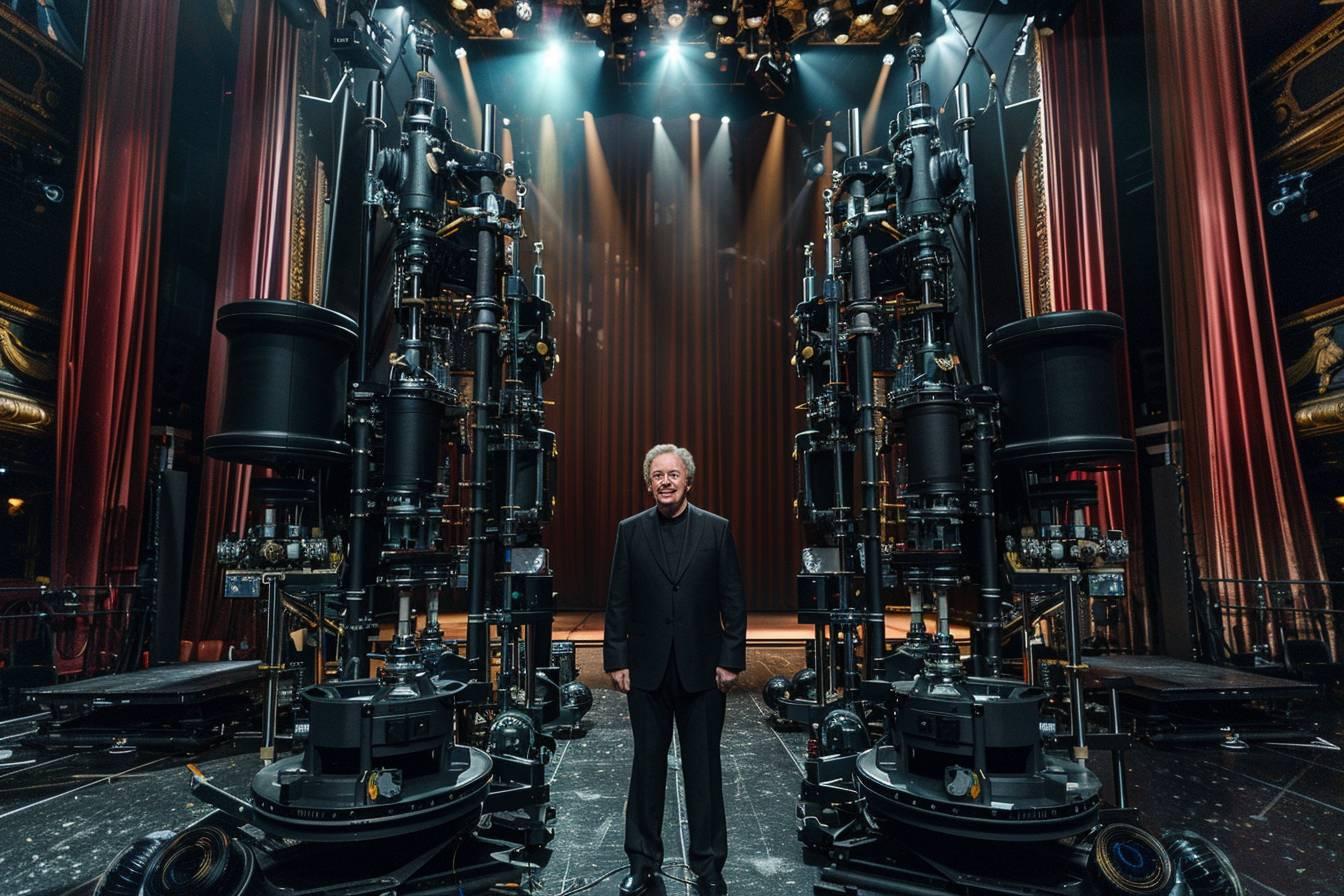Immerse yourself in the fascinating world of magic and illusionists by discovering the essential vocabulary that animates this mysterious world. From technical terms to time-honored expressions, this glossary will help you understand the subtleties of this age-old art and fully appreciate the performances of professional magicians.
The fundamental terms of magic
The vocabulary of magic is based on key concepts that form the bedrock of this age-old art. These include :
Illusion, which lies at the heart of every magical performance. It refers to the art of deceiving the spectator’s senses to create an alternative reality. Prestidigitation, on the other hand, focuses on the magician’s manual dexterity in manipulating objects.
The magic trick is the basic unit of an illusionist’s show. It is a complete sequence designed to produce a specific magical effect. A routine, on the other hand, is a sequence of several tricks forming a coherent whole.
Here’s a list of the basic terms you need to know:
- Misdirection (detour of attention)
- Patter
- Gimmick (trick prop)
- Fioriture (aesthetic movement)
- Revelation (final moment of trick)
Close-up magic is a special discipline in which the magician performs his tricks in close proximity to the audience. In contrast, grand illusion involves spectacular effects on stage, often with large props.
Harry Houdini, the famous illusionist of the early 20th century, was instrumental in popularizing the termescapology, the art of escaping from all kinds of constraints. Today, this discipline remains one of the most impressive in the magic repertoire.
Magician’s techniques and accessories
The vocabulary of magic also includes many technical terms relating to the methods and props used by illusionists. These elements are essential to understanding what goes on behind the scenes of this captivating art form.
Fundamental techniques include forcing, which involves subtly influencing a spectator’s choice. Manipulation, on the other hand, refers to the precise movements made by the magician to create the illusion.
Props play a crucial role in the execution of tricks. Here’s a table showing some emblematic props and their use:
| Props | Use |
|---|---|
| Magic wand | Symbol of magical power, used for visual effects |
| Scarf | Appearances, disappearances and transformations |
| Playing cards | basis for many close-up and mentalism tricks |
| Rope | Cutting and restoration effects |
Mentalism, a special branch of magic, uses specific techniques such as cold reading and hot reading to create the illusion of psychic powers.
David Copperfield, the emblematic figure of modern illusionism, popularized the use of large-scale machinery in his shows, introducing new technical terms into the vocabulary of magic.

The different branches of magic
The world of magic is divided into several branches, each with its own vocabulary and specificities. Understanding these different facets allows us to appreciate the richness and diversity of this art form.
Cartomagic is the art of performing tricks with playing cards. It encompasses techniques such as faro shuffling and card control. Micromagic, on the other hand, focuses on effects performed with small, everyday objects.
Grand illusion involves spectacular effects on stage, often with the participation of assistants. Terms like levitation, transposition or metamorphosis are commonly used in this discipline.
Here’s a numbered list of the main branches of magic:
- Cartomagie
- Mentalism
- Grand illusion
- Stage magic
- Close-up
- Digital magic
Digital magic, an emerging discipline, integrates new technologies into magical performances. It introduces new terms such as augmented reality and video mapping into the illusionist’s lexicon.
Penn & Teller, a duo of American magicians, have popularized a unique approach combining humor and the partial revelation of secrets, enriching the vocabulary of magic with terms linked to demystification.
The evolution of magic language through history
The vocabulary of magic has evolved considerably over the centuries, reflecting changes in the practice and perception of the art. This linguistic evolution bears witness to the cultural and historical richness of illusionism.
In medieval times, magic was often associated with occultism, introducing terms such as sorcery or incantation into the lexicon. The Renaissance saw the emergence of natural magic, the precursor of modern magic, with more scientific terms.
The 19th century, the golden age of stage magic, popularized expressions like “abracadabra” or “hocus pocus”, which have become emblematic of the magical arts. This period also saw the birth of the term “prestidigitateur“, literally “nimble fingers”.
The influence of Eastern cultures on Western magic introduced exotic terms such as fakir and yoga into the vocabulary of illusionists. These linguistic borrowings further mystified magical performances.
In the 20th century, the advent of television transformed the practice of magic, introducing new terms linked to audiovisual production. Expressions such as “camera angle” or “montage” became part of modern magic jargon.
Robert-Houdin, considered the father of modern magic, greatly contributed to the evolution of magic vocabulary by introducing a more scientific and rational approach to the art.
Today, the digital age continues to shape the language of magic, with the integration of terms derived from new technologies. This constant evolution testifies to the ability of magic to adapt and renew itself through the ages.

